
Plantitas That Can Help You Sleep Better
As Latinas, many of us are experiencing unprecedented challenges that affect our sleep quality. From managing multiple responsibilities at home and work to processing concerns about immigration policies, global wars, and economic pressures in our communities, our sleep often takes a backseat to our many obligations and preoccupations.
However, quality sleep is fundamental to our overall bienestar (wellbeing):
- Mental Clarity and Emotional Balance: Good sleep helps us process emotions and maintain resilience, especially crucial when dealing with cultural and societal pressures.
- Physical Health: Proper rest supports our immune system and helps prevent health conditions that disproportionately affect our community, like diabetes and heart disease.
- Beauty and Skin Health: The term “beauty sleep” exists for a reason – during sleep, our skin repairs and regenerates itself.
- Cultural Connection: When well-rested, we have more energy to maintain our cultural traditions and connections with family and community.
Preparing your home for better sleep, to be more welcoming, and to be your sanctuary can be a daunting task. There are several steps to making it all work and come together and you may find that you are getting rid of a lot during that process. In addition to removing items and creating a more comfortable and restful environment, you may also find yourself finding items that work for you that you never thought of as part of a sleep pattern. One of those items is a house plant. There are several plants that can help you sleep better, and they can be placed around the home. Here are a few of them and how they help.
Aloe Vera (Sábila)
You may be thinking of aloe vera as a plant that helps with burns and scrapes. The truth is aloe vera can also help your living environment by improving the air quality. You may be wondering how improved air quality can help you sleep better. If you have pure air, clean air, or at the very least cleaner air then you will notice an improvement in your breathing and respiratory system as a whole. This improvement can help you with better sleep. You will experience less allergies and you will experience less congestion issued during the course of the night.
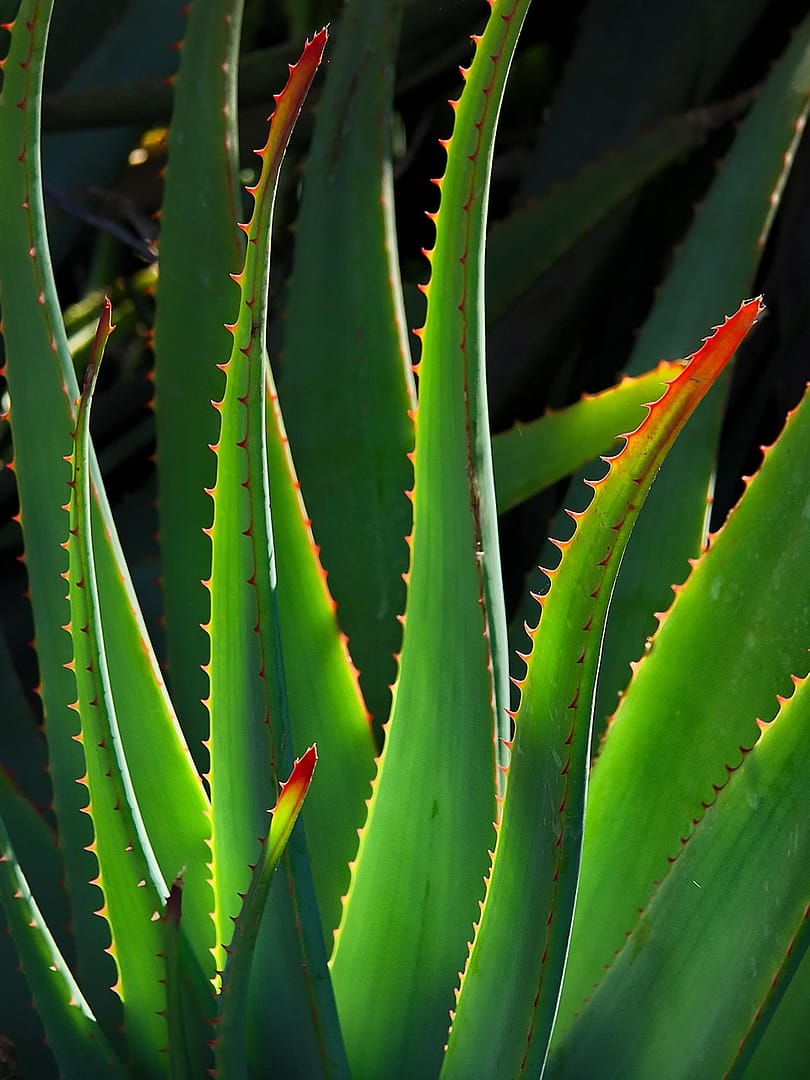
Snake Plant (Lengua de suegra)
Snake plant is a green stiff leaf plant with a yellow border on each leaf. This leaf can grow in most household environments. It is, however, native to West Africa. It can help with a number of issues that cause sleep related problems including insomnia. Snake plant can help reduce headaches that cause sleepless nights and the need for heavy pain medication. It an also help with eye irritation and allergy related issues that may cause the need for medication that can interfere with sleep. You can keep one of these plants in each room to help with overall air quality.
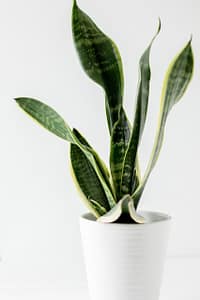
Lavender (Lavanda)
Lavender is in nearly every list for plants, herbs, and natural sleep remedies. There is a reason for this. The misconception is that lavender helps you drift into sleep. The truth is, lavender helps remove anxiety and stress from your environment. This can be of greatest benefit to small children with nighttime anxiety, sleep anxiety, or with fears of the dark. It can also be of greatest benefit to adults who are experiencing night triggered anxiety and depression and may need the calming effects of lavender to help soothe them into a calm state that lead to sleep.
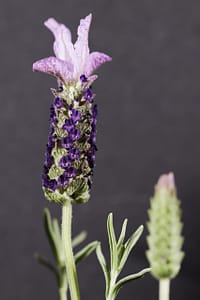
Jasmine (Jazmín)
This beautiful flowering plant, common in many Latino gardens, isn’t just decorative. Studies show that jasmine’s sweet aroma can improve sleep quality and reduce anxiety. Many abuelas have long known about its calming properties.
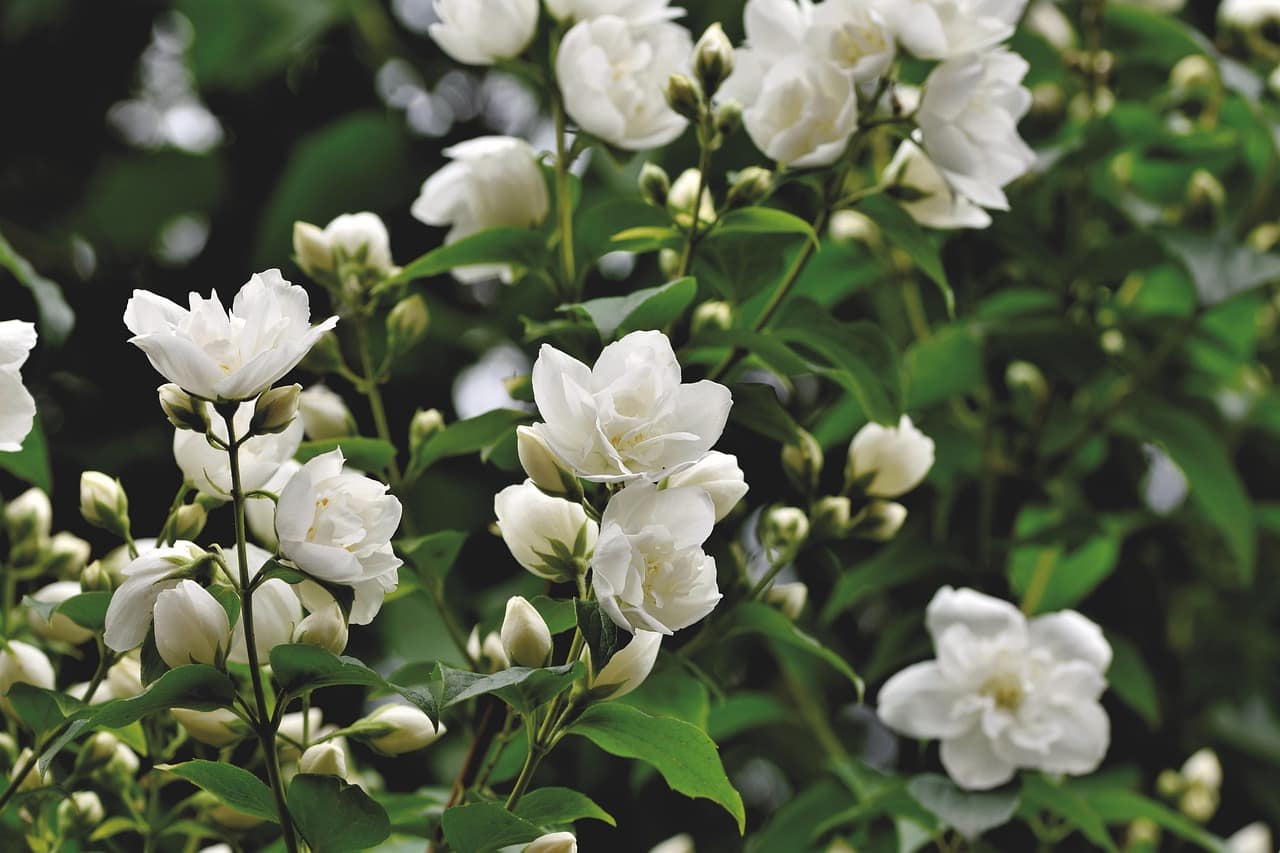
Peace Lily (Cuna de Moisés)
This elegant plant helps purify the air by removing common household toxins. It’s particularly effective in removing airborne mold spores, which can affect breathing and sleep quality.
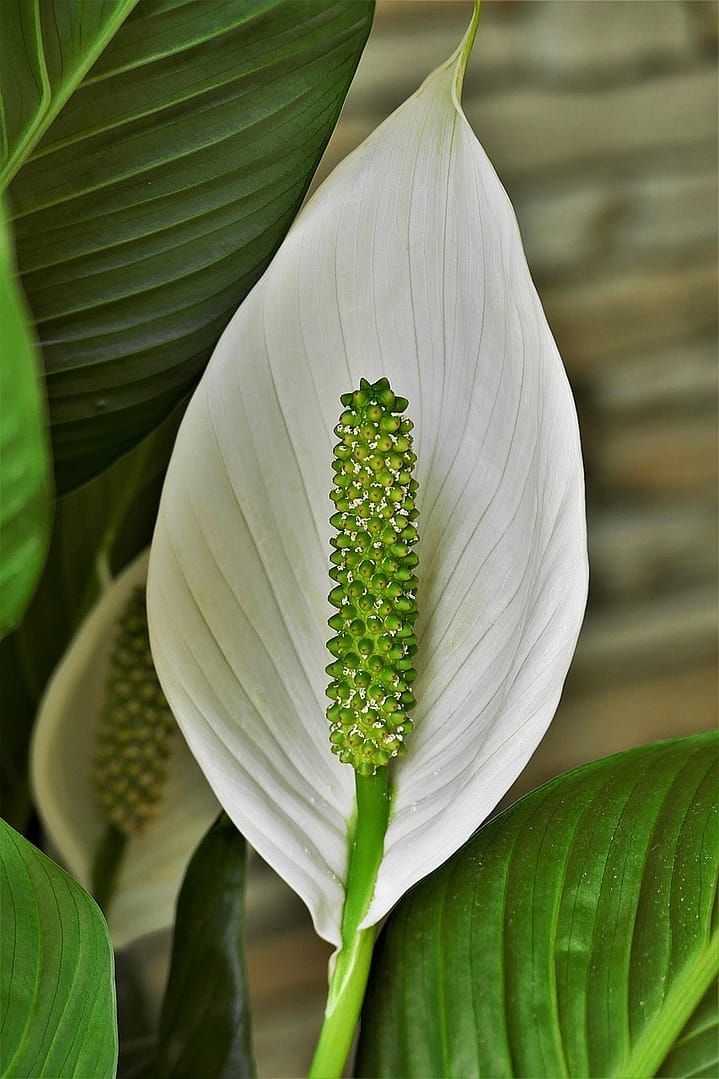
Bamboo Palm (Palma de Bambú)
This plant acts as a natural humidifier, adding moisture to dry air which can help prevent respiratory issues that disturb sleep.
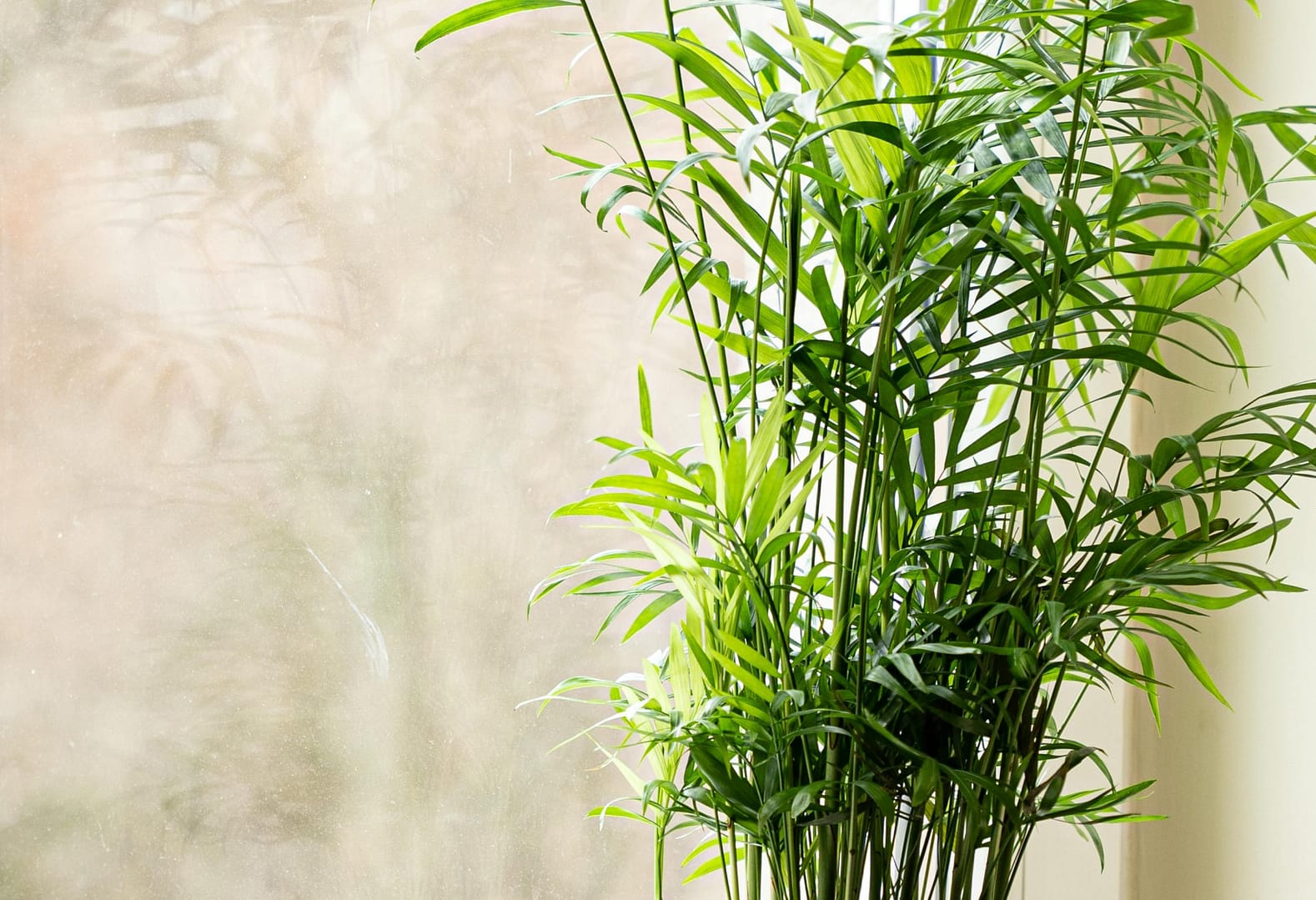
These plants can be placed throughout the home, or just a few in your bedroom area. The idea is to create a relaxing environment that works with your sleep treatment or sleep routine. You can add more as time goes on and as you find which plants work for you.
Important Pet Safety Notice
Before adding any plants to your home, it’s crucial to consider pet safety. Some sleep-promoting plants can be toxic to our furry family members:
- Toxic to Pets:
- Peace Lily
- Snake Plant
- Some varieties of Aloe Vera
- Pet-Safe Options:
- Spider Plant (Mala Madre)
- Boston Fern (Helecho de Boston)
- Bamboo Palm
If you have pets, always place plants out of their reach and consult with your veterinarian before introducing new plants to your home.
Tips for Creating Your Sleep Sanctuary
- Combine with Traditional Remedies: Consider pairing these plants with traditional Latino sleep remedies like té de manzanilla (chamomile tea) or té de tila (linden tea).
- Create a Ritual: Incorporate caring for your plants into your evening routine, making it a mindful practice that signals to your body it’s time to wind down.
- Proper Plant Care: Remember that healthy plants are more effective at purifying air and promoting better sleep. Water and care for them regularly, speaking to them with amor as many of our abuelas taught us.
Remember, creating a sleep-friendly environment is an act of self-care and self-love. As Latinas, we often put everyone else’s needs before our own, but prioritizing our sleep is essential for maintaining the strength and energy we need to care for our families and communities.
Pro Tip: Start with one or two plants and observe how they affect your sleep quality before adding more. Document your sleep patterns in a journal to track improvements.
Dr. Patty Jiménez is the Founder of Recetas. She obtained 2 Masters in Theology and Ministry and a Doctorate in Ministry specializing in Latinx theology and ministry. She has over 27 years experience in Catholic Ministry and is a spiritual director and training as a wellness coach.